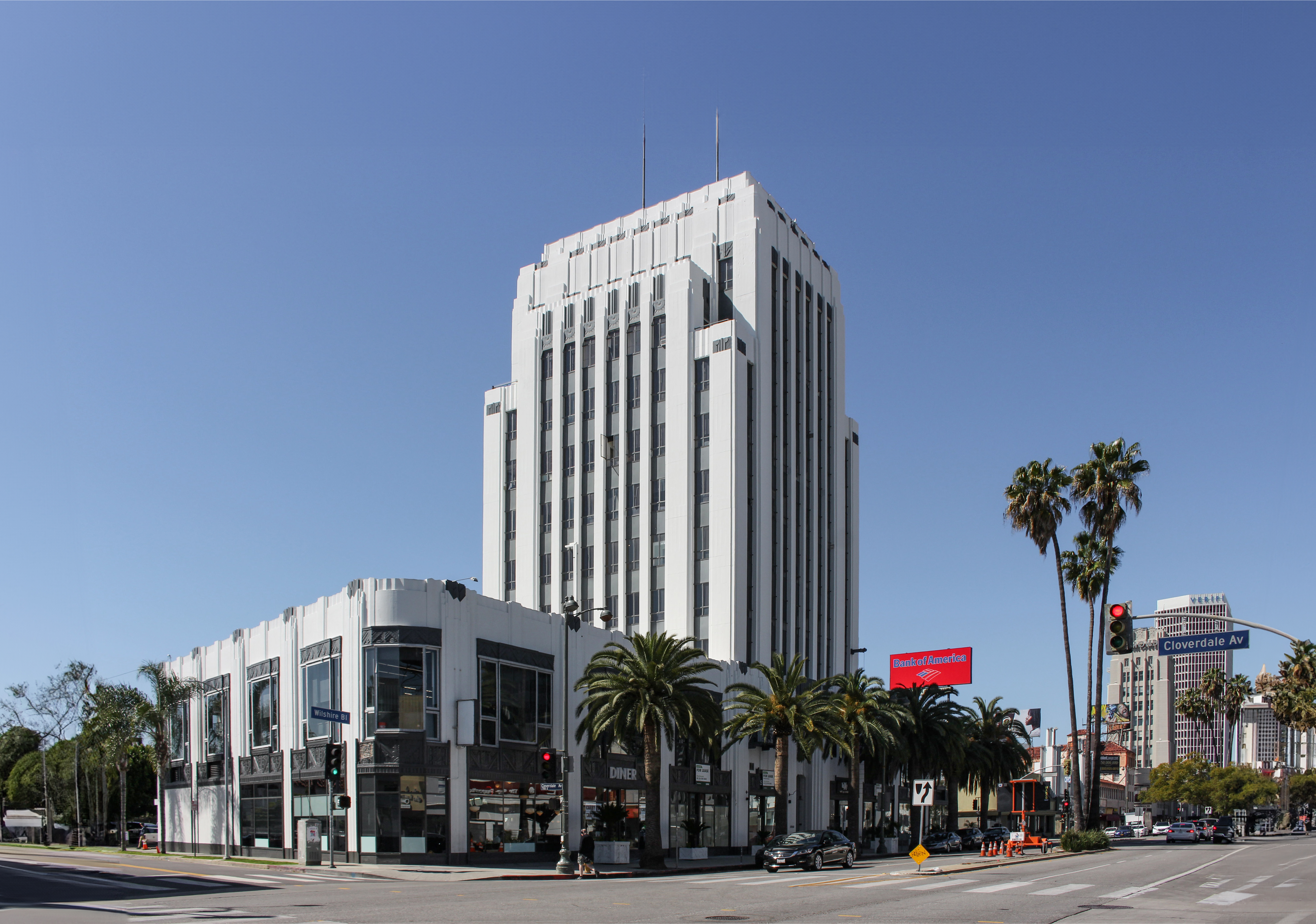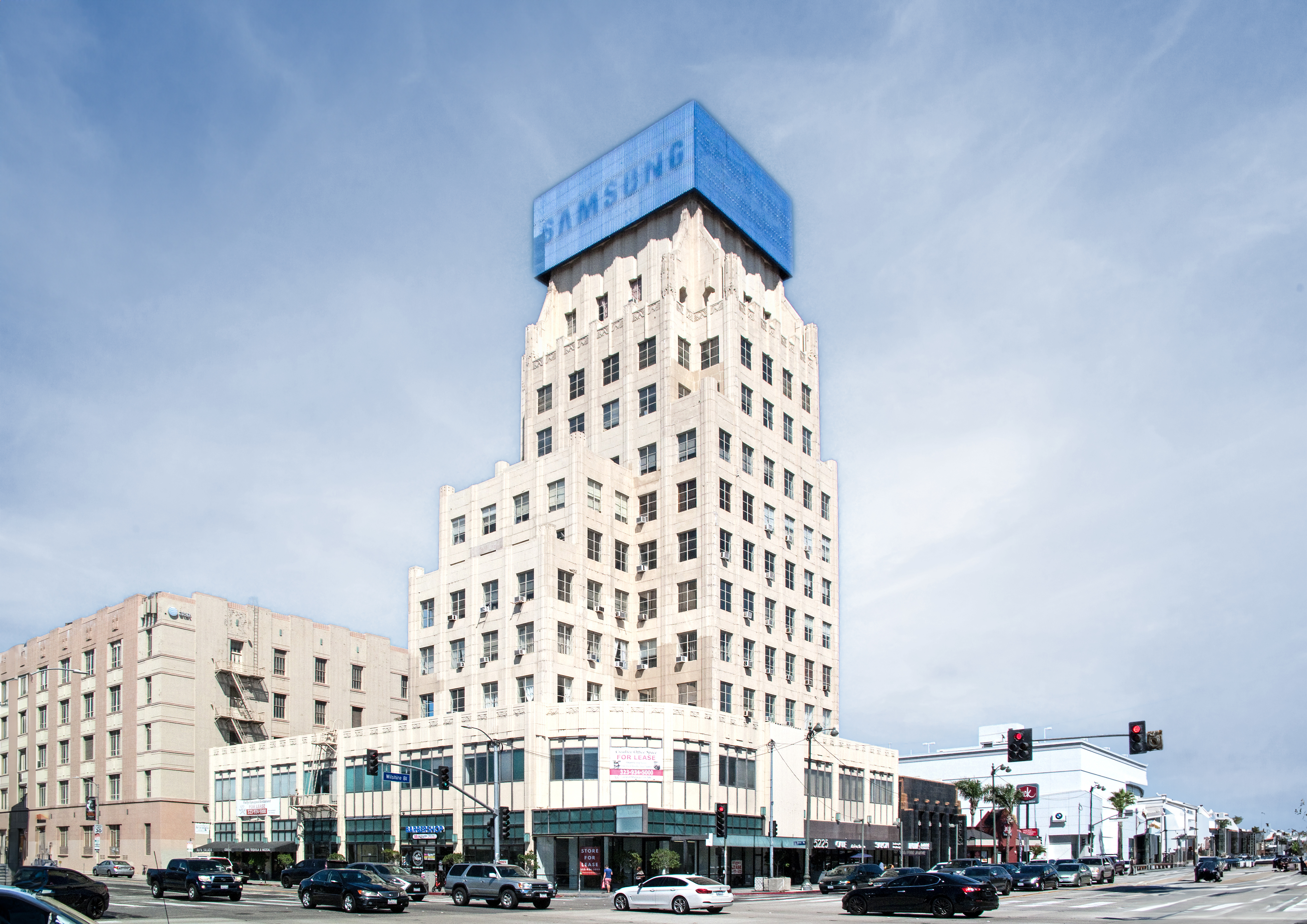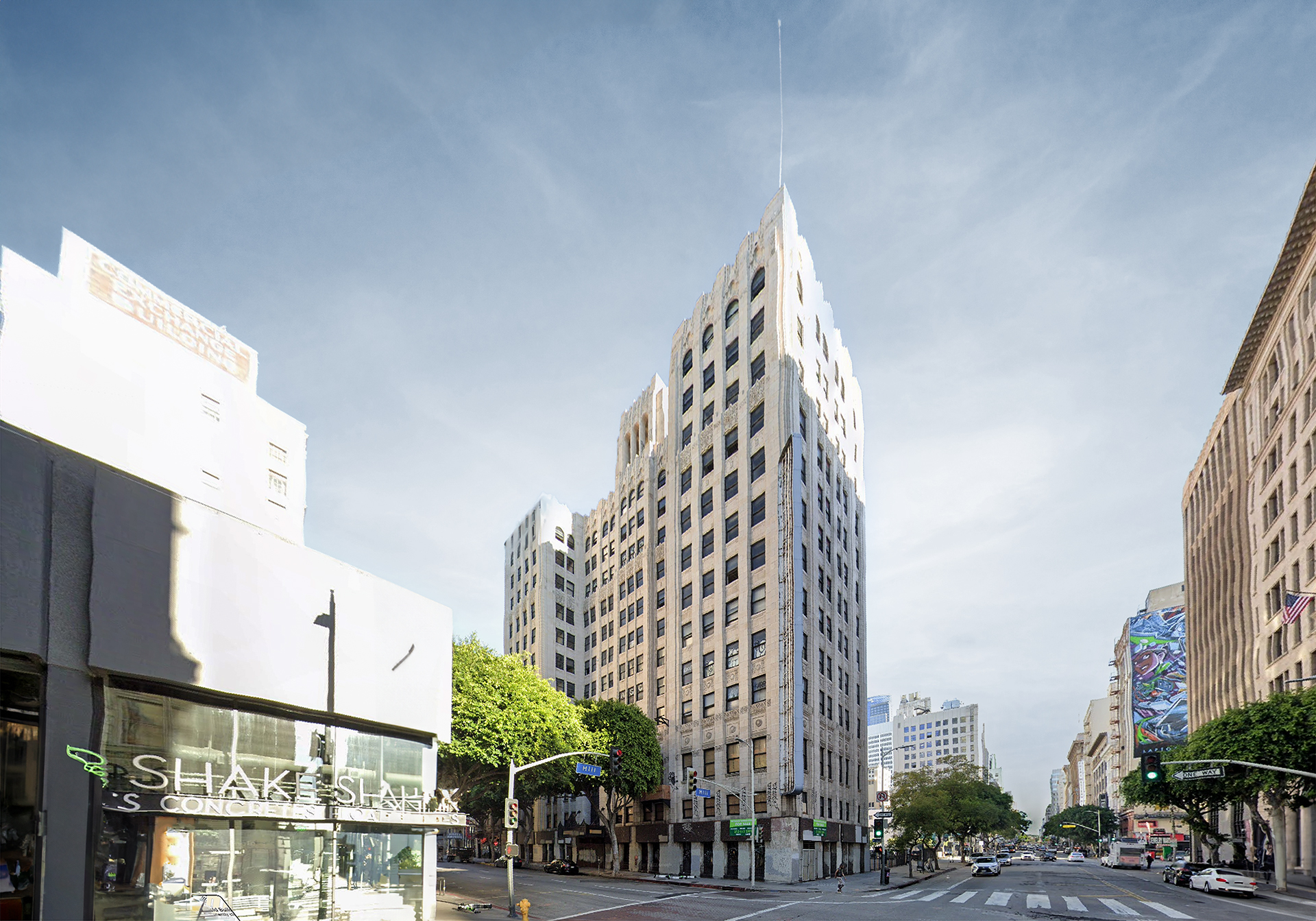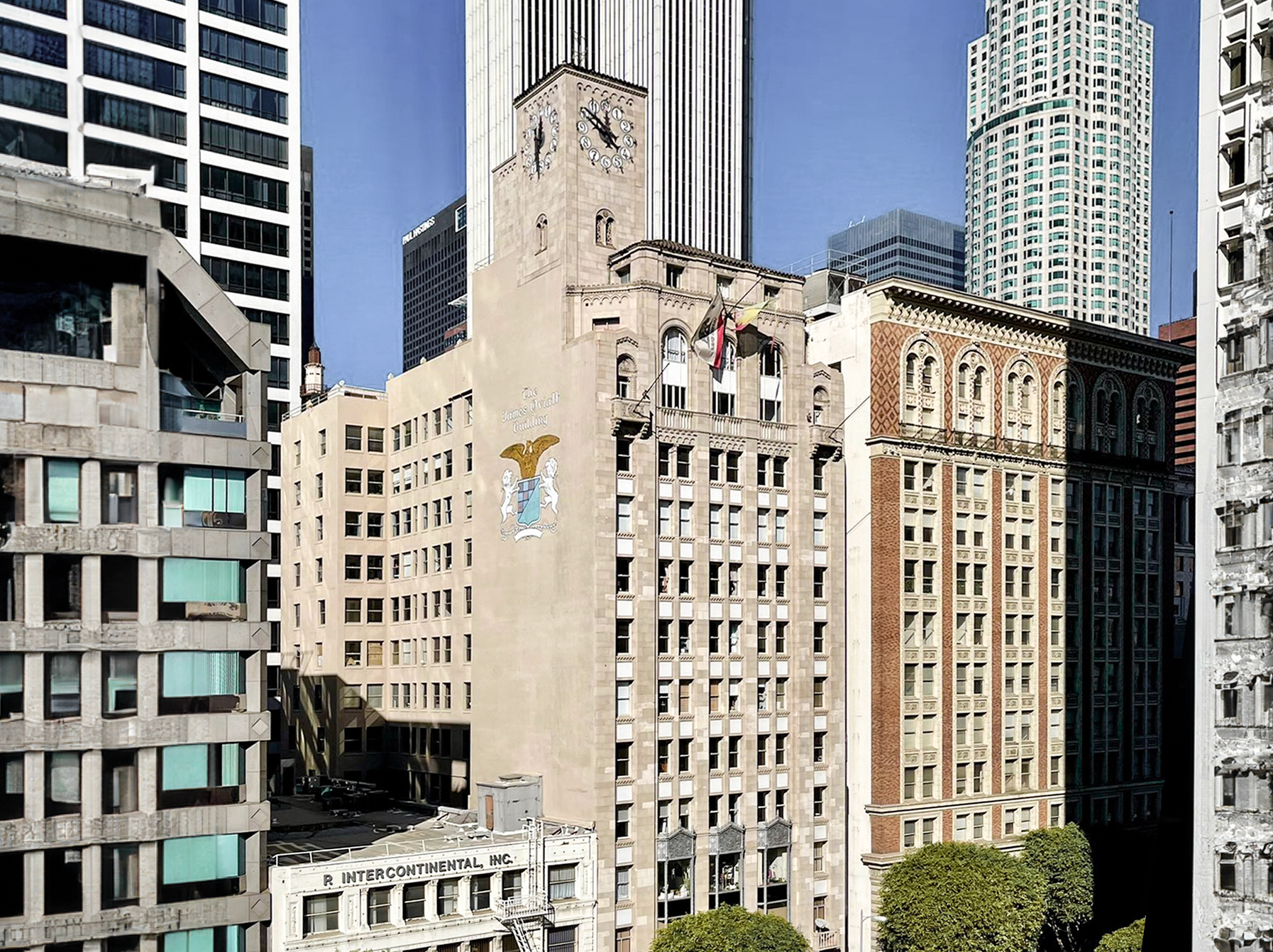The Richfield Tower is an Art-deco skyscraper designed by Morgan, Walls and Clements, with Stiles Oliver Clements as lead architect, and built between 1928 and 1929, for a reported $1.75 million dollars, in Los Angeles, CA.
Richfield Tower is not the only name you might know this building by though. The building is, or has also been known as Richfield Oil Company Building.
The exact addresss of the building was 555 South Flower Street, Los Angeles, CA. However, you won't be able to find it there anymore, since it was demolished in 1969, 40 year after opening its doors to the public.
At the site where the Richfield Tower used to stand, today we find the ARCO Plaza complex, later renamed City National Plaza.
The only thing left from the Richfield Tower are the intricate elevator doors which were preserved as a memento in the City National Tower.
At the time of its completion in 1929 the Richfield Tower incorporated solutions that were quite advanced at the time, these included an automobile elevator .






